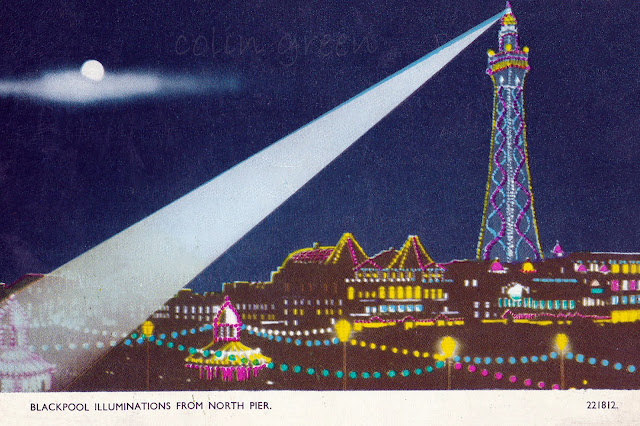Nestled in the tranquil Lancashire countryside, Bescar Lane Railway Station offers a fascinating, albeit quiet, glimpse into the evolution of local rail travel. Situated in the charming village of Scarisbrick, approximately seven miles east of the bustling coastal town of Southport, this unassuming stop on the Manchester to Southport Line embodies the essence of a bygone era.
A Modest Halt with a Rich Past
Bescar Lane is undeniably a small station, characterized by its unmanned status and limited facilities. Don't expect car parking, ticketing machines, or even a place to grab a cup of tea – both on the station itself and in the immediate vicinity, amenities are scarce. This simplicity is reflected in its passenger numbers; in the 2016/17 recording period, a mere 3,988 users passed through, averaging out to just 77 passengers per week. In an age of high-speed rail and bustling interchanges, Bescar Lane stands as a quiet anomaly, serving primarily the local community and those seeking a peaceful journey.
Despite its current modest stature, Bescar Lane boasts a history stretching back to April 1855 when it first opened its doors to passengers. Over the decades, like many stations across the network, it has undergone several transformations. A particularly notable change occurred in the early 1990s. Originally, both platforms were positioned opposite each other. However, a few years after this period, the westbound platform was relocated to the other side of the adjacent level crossing. Evidence of this past layout still remains, with the remnants of the original westbound platform visible to the discerning eye.
Adding to its historical charm, Bescar Lane was once served by a signal box positioned alongside the level crossing. This vital piece of railway infrastructure, which once controlled train movements and the crossing gates, was also removed around the time of the platform redevelopment, further simplifying the station's operational footprint.
Capturing a Moment in Time
The accompanying photographs, taken on August 21st, 2018, using a Nikon D3300 SLR camera, beautifully capture the station's understated character. They serve as a visual record of Bescar Lane in recent times, showcasing its rural setting and the quiet solitude that defines it.
Bescar Lane Railway Station might not be a major hub, but its enduring presence tells a compelling story of local transport, adaptation, and the subtle changes that shape our railway heritage. It's a reminder that sometimes, the most interesting journeys begin at the quietest stops.
Clicking any of the images below should open a link in another window to my Colin Green Photography store on Zazzle.
 |
| The remains of the goods yard. |




















































